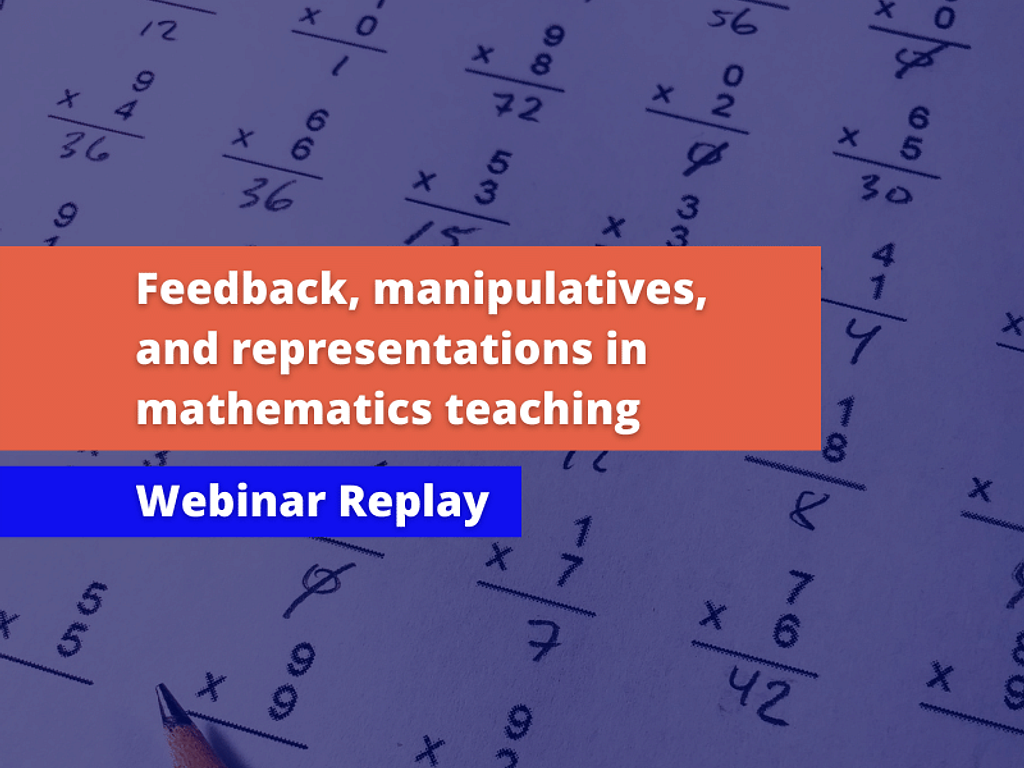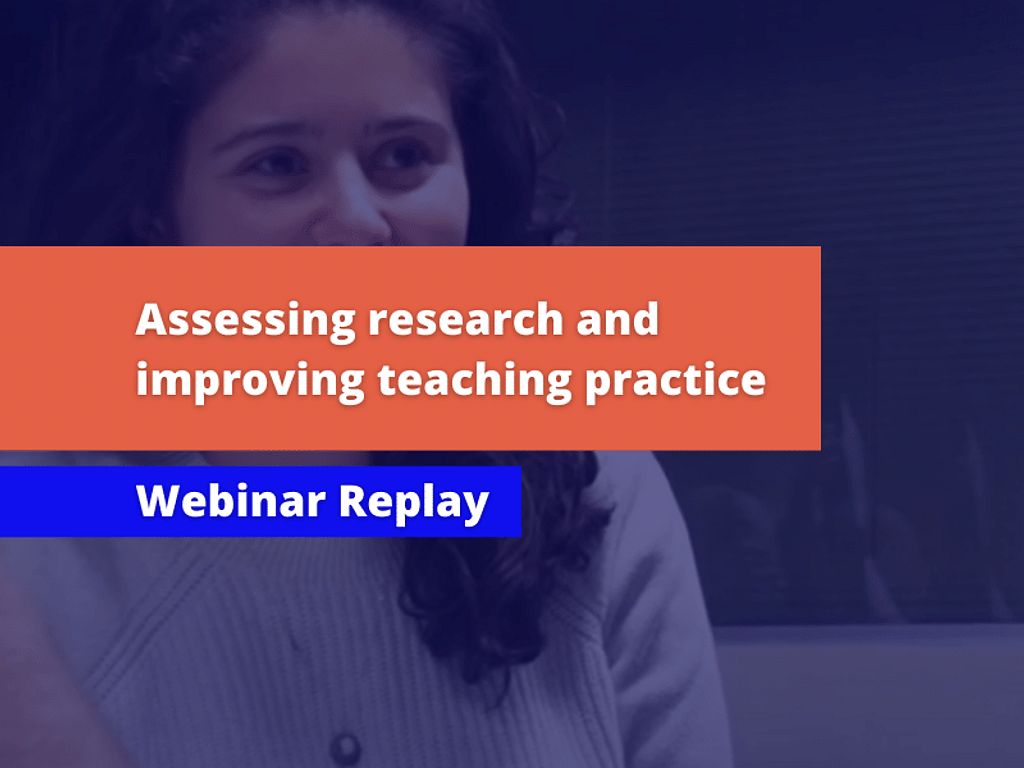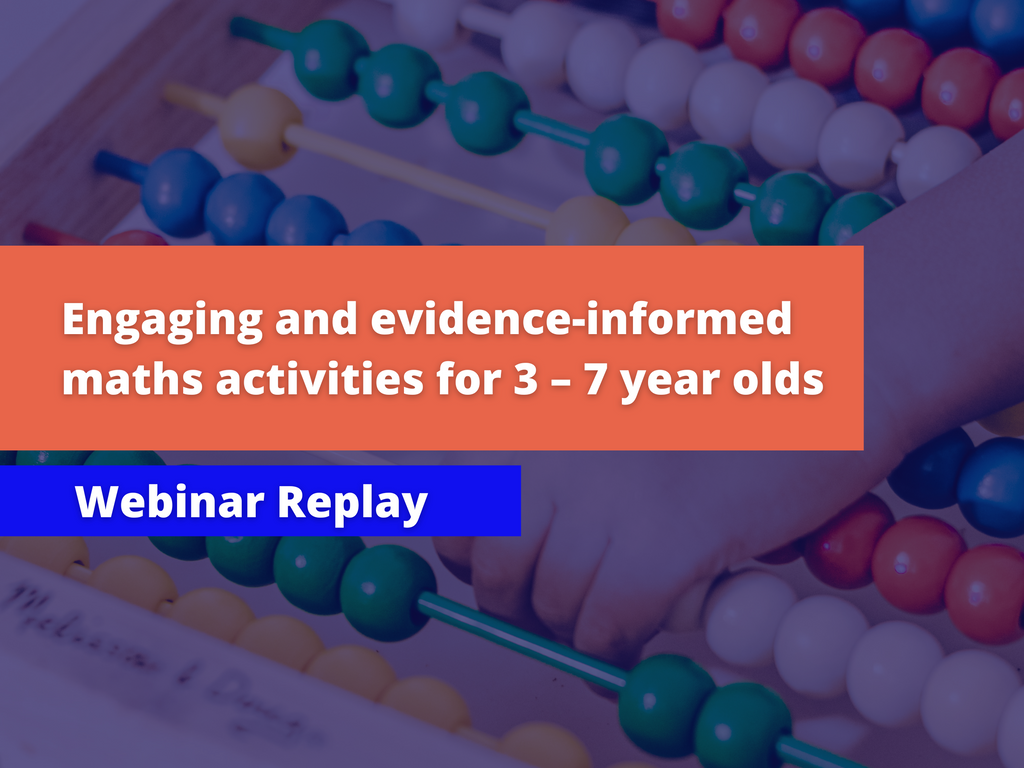Mathematics is essential for everyday life and a foundation for careers in technology, science, and engineering, among many others.
E4L has published two Guidance Reports for mathematics which summarise the best available evidence to make clear, actionable recommendations for teachers, and practitioners working with students in school settings: ‘Improving mathematics in the early years with children aged 3 – 7 years’ and ‘Improving mathematics in upper primary and lower secondary’.
The Teaching & Learning Toolkit provides evidence summaries for teaching and learning strategies – such as metacognition and self-regulation and feedback – that can be effectively applied to teaching maths.
Many secondary schools use ‘setting or streaming’ in maths – grouping students in classes according to their prior achievement – though the evidence suggests that this approach can widen achievement gaps. Schools which continue to group students by prior achievement should monitor carefully the impact that it has on all their students.
Homework
Feedback
Metacognition and self-regulation
Setting and streaming
The approaches in the Toolkit which relate to school mathematics include those that specifically aim to improve the quality of teaching and learning, such as feedback, metacognition and self-regulated learning. Homework and setting and streaming are approaches often associated with the delivery of mathematics instruction, and should be explored and monitored carefully. In particular, teachers should consider the ability of parents to support with mathematics homework and provide support for families, such as connection back to the teacher, if students require assistance.
Guidance Reports
Guidance Reports

Webinars


Webinars


Webinars
